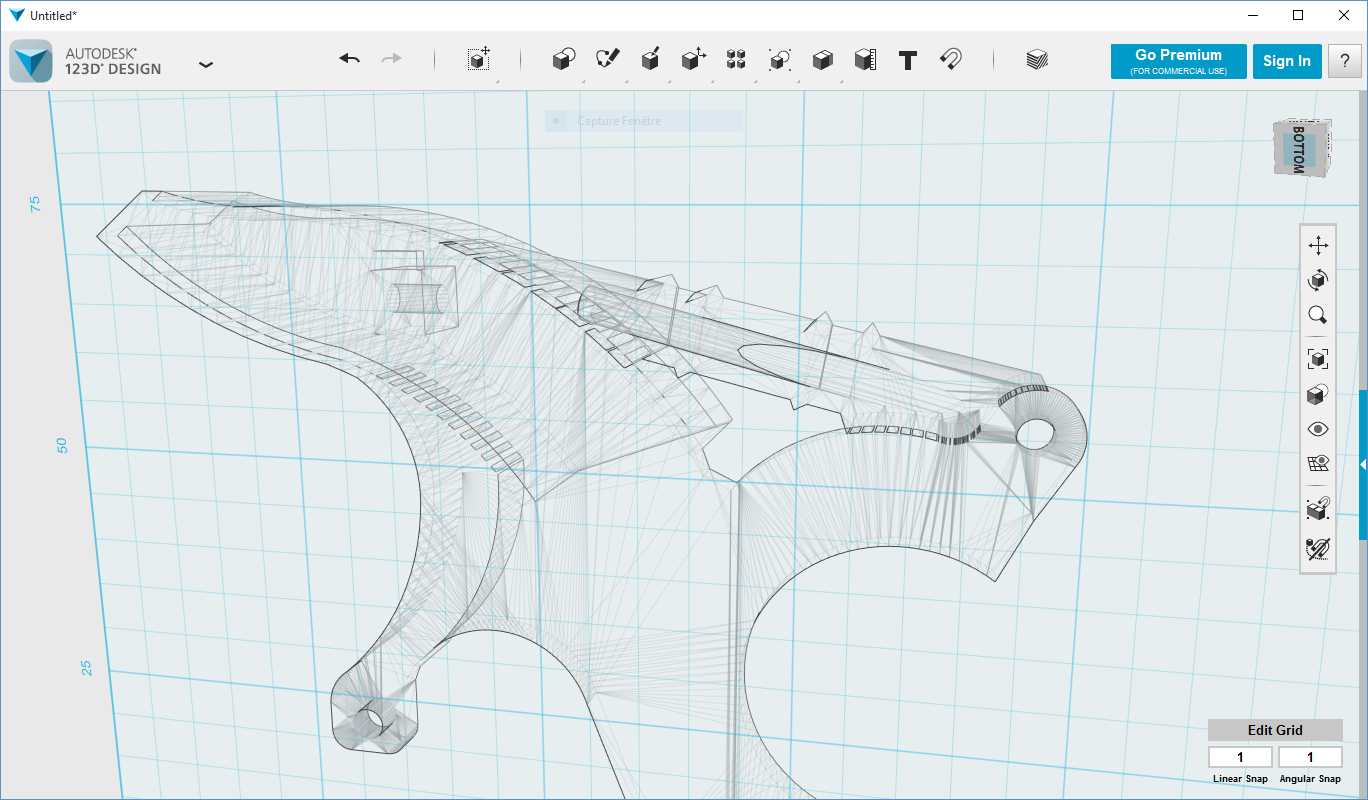Why Isn't Mesh Leveling Blended Out?
The purpose of mesh leveling is pretty simple: ensure a uniform thickness of the first layer, primarily to achieve good adhesion to the bed.
My question is, why is the mesh leveling applied to every subsequent layer as well? It would seem very logical to blend the mesh leveling correction out entirely over some number of layers. If your bed is not perfectly flat, why would you want the top surface of your print to be equally warped?
Re: Why Isn't Mesh Leveling Blended Out?
Anyone?
Re: Why Isn't Mesh Leveling Blended Out?
good Question... hope we see an answer though the blending calculations over a dozen or more layers must be very complex. Perhaps it is something that would benefit from a more modern controller board like the Duet WiFi It was one of the the things that I wondered about as more and more printers in the MK3's price and quality area are going to these more up to date controller boards with more computation overhead... in the end it was the Prusa reputation for quality and online support that had me go with this machine.... I figure I can upgrade to the Duet WiFi in the future or it might even become a Prusa Upgrade option in the MK6 😀 😆
Here are some key features of this board
Powerful 32 Bit Processor
Dedicated Wifi module
Super quiet TMC2660 stepper drivers, up to 256 microstepping.
High speed SD card and support for a second SD external card if required.
Dual extruders on the main board, up to 5 more extruders on the expansion board.
High Power rating: Each stepper driver is capable of 2.8A motor current, currently limited in software to 2.4A. The bed heater channel is specifically designed for high current (18A).
Connect via PC, tablet or smartphone on the same network to the on board web interface.
Setup your printer and update the firmware through the web interface.
All common 3D printer geometries are supported
Expandable up to 7 extruders with Firmware support for mixing nozzles and remapping axes to use high power external drivers.
Support for the PanelDue: a full colour graphic touch screen
Provided with Molex compatible plugs and crimps as well as ferrules for power and heater terminals.
Re: Why Isn't Mesh Leveling Blended Out?
why would you want the top surface of your print to be equally warped?
wouldn't your maximum skew just be equal to whatever your bed variance is at any two points?
i'm thinking that if you tried to correct you could end up with sides that are different lengths.
this is how i'm imagining it but could be way off:
Re: Why Isn't Mesh Leveling Blended Out?
good Question... hope we see an answer though the blending calculations over a dozen or more layers must be very complex. Perhaps it is something that would benefit from a more modern controller board like the Duet WiFi It was one of the the things that I wondered about as more and more printers in the MK3's price and quality area are going to these more up to date controller boards with more computation overhead... in the end it was the Prusa reputation for quality and online support that had me go with this machine.... I figure I can upgrade to the Duet WiFi in the future or it might even become a Prusa Upgrade option in the MK6 😀 😆
I don't think it would have to be complex at all. You could simply multiply the correction values by 0.9, 0.8, 0.7... 0.1, 0.0. Incrementing at each new layer.
The mesh leveling itself is computationally expensive, so blending it to zero frees up headroom in the motion control system.
Re: Why Isn't Mesh Leveling Blended Out?
wouldn't your maximum skew just be equal to whatever your bed variance is at any two points?
i'm thinking that if you tried to correct you could end up with sides that are different lengths.
this is how i'm imagining it but could be way off:
For sure it would cause differences in height, equal to the correction values themselves. You could argue against that, but I can't think of a part that would benefit from top and bottom surfaces that undulate like your warped bed.
Your left picture is wrong though. It shows a square, with the walls perpendicular to the skewed bed, instead of vertical like they would be.
